swap to chronological order of most recently modified
-
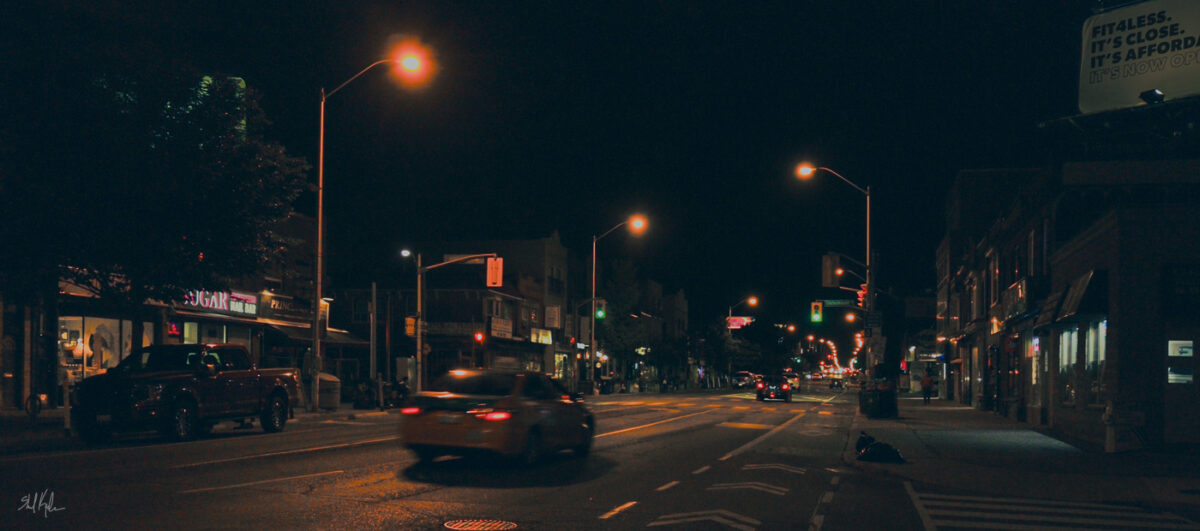
playing with long exposures and wrangling values after to make things feel more nostalgic.
-
-
-
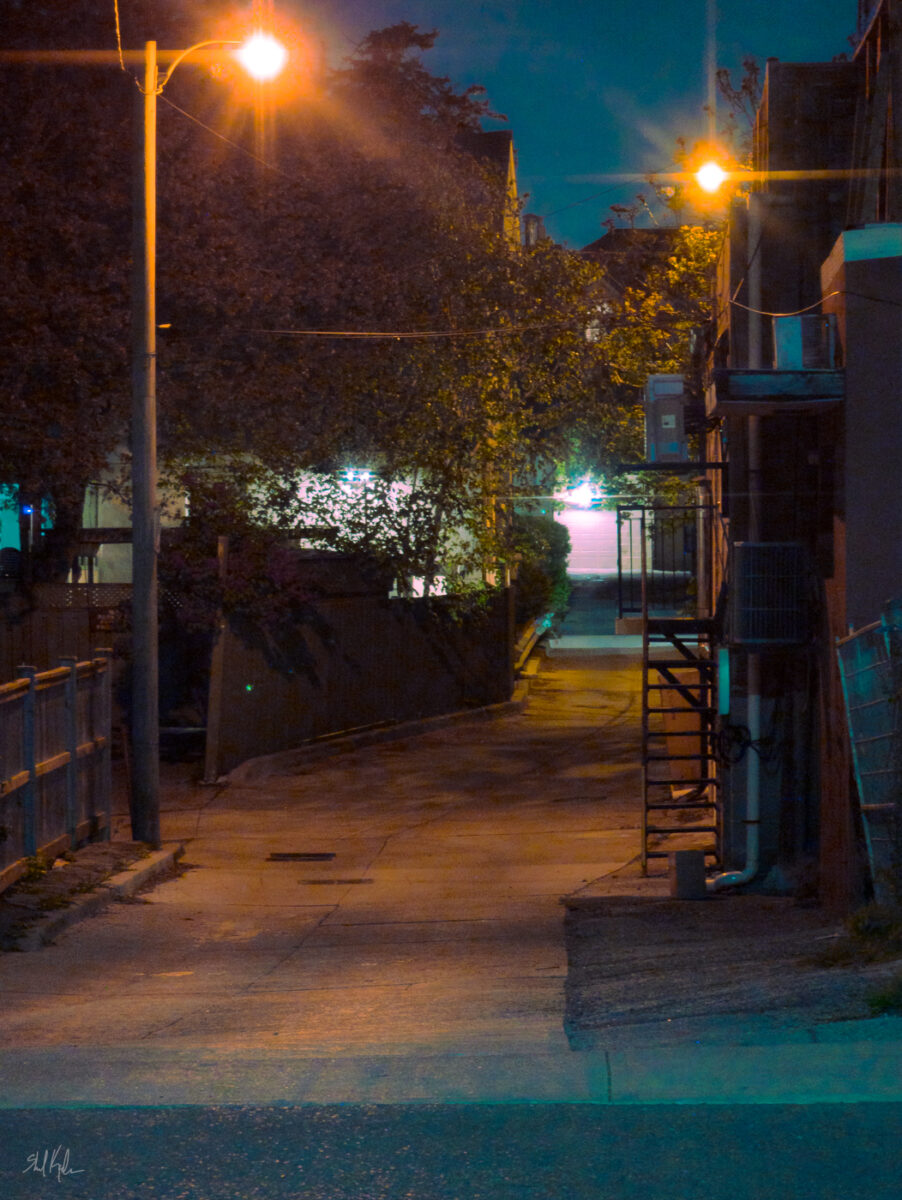
fucking around with extreme colour grading in lightroom and having a very nice time!
-
This short horror comic by Scott Base is making the rounds on tumblr again! and as it has haunted me for years, I feel it’s worth sharing:
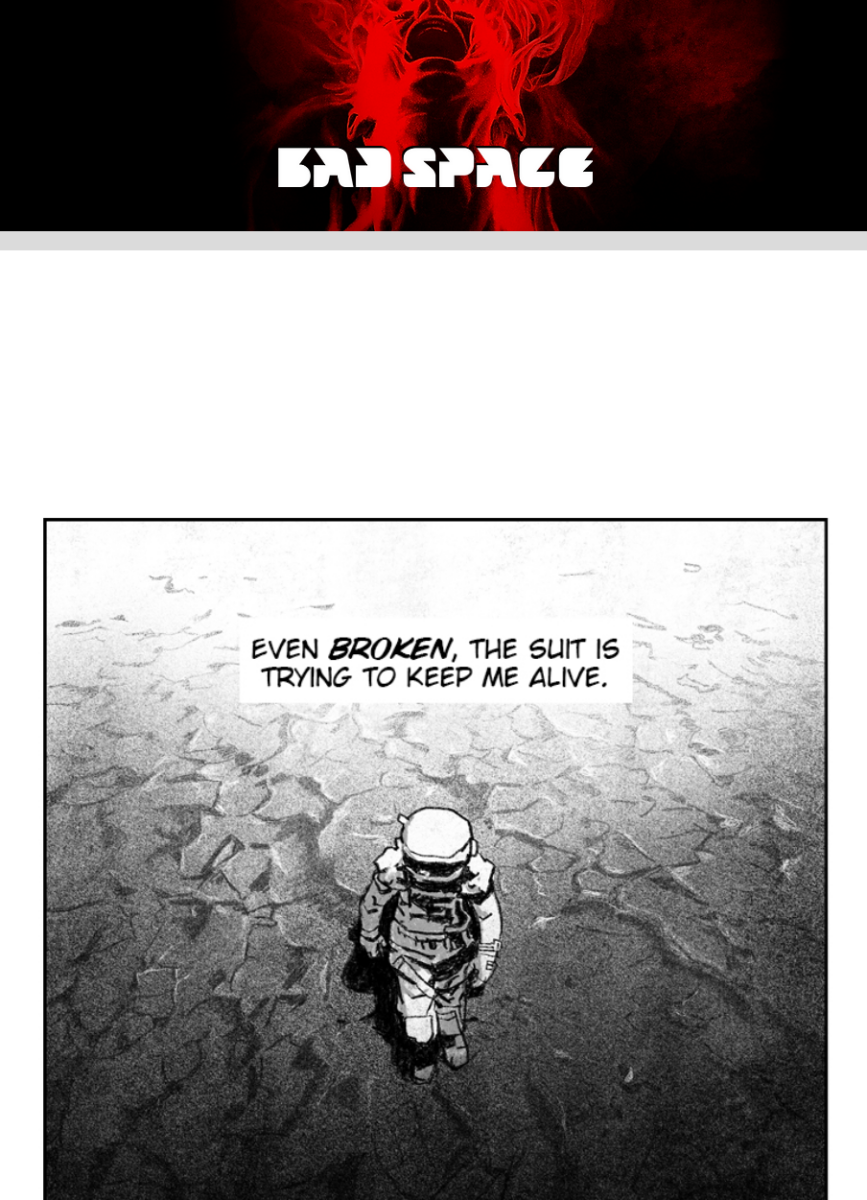
-
Ceramics
posted:
updated:
posted to: arttagged: celadons, ceramics, crystal islands, glazing, learning, palette, sculpture, structure, underglazeI’ve been learning ceramics in a casual ongoing way now, enjoying getting out of my comfort zone, and playing with a new medium. Much like printmaking, kiln fired and glazed ceramics are really a collaboration with chemistry and physics as well as a personal creative act, and I love that aspect so much.
Below I’m sharing my work in reverse chronology – the newest stuff is at the top. I think? you can see some real progress, but it’s amazing how much more I have to learn! I really love the feeling of being at the start of a long journey into a medium — it’s gotta be one of the most inspiring feelings I encounter as an artist.
In January 2024, I took a local intro class that included both wheel and handbuilding – I had to relearn everything left-handed and, in the case of the wheel, one-handed, so I set my expectations low, but I really feel like I was able to push myself and make things I am very proud of! The crystal island above was not planned — the instructor simply inspired me after he demonstrated his own whimsical sculpture approach, and I couldn’t resist trying! It feels like a miracle that it stayed together, stands up on its own, and looks this good, and it’s left me starving for the chance to make infinitely more islands!
Wheel throwing single (left) handed (above) was certainly a new challenge, and while I didn’t manage to work things as thin and delicate as I had earlier with my right hand, as you can see below. But they had such a wonderful range of glazes; and that small-mouthed shallow bowl is, it turns out, my dream water cup for painting – impossible to splash, easy to reach the bottom to wipe the paint off. And despite an s-crack in the base, it holds water fine! A miracle.
Below are five little cups I made over a three day workshop. First time making handles! As is traditional, none of these hold over 200ml of liquid due to shrinkage when firing – they’re so little! But I do still use them – the handles actually turned out lovely to hold, even if hilariously out of proportion with the little mugs themselves.
My first ceramics class, back in January 2023! Two functioning hands made learning the wheel a fun and exciting challenge, though at the time my handbuilding was frustratingly clumsy. Regardless, I got a functional (tiny) lemon juicer and a functional paint palette out of it, and I learned so much about throwing and glazing.
My favourite of all of this first batch is definitely the bubble glazed cup with the seagull silhouettes. Sadly the clear glaze on top crawled, but it’s a visual design idea I’d really love to try again soon.
-

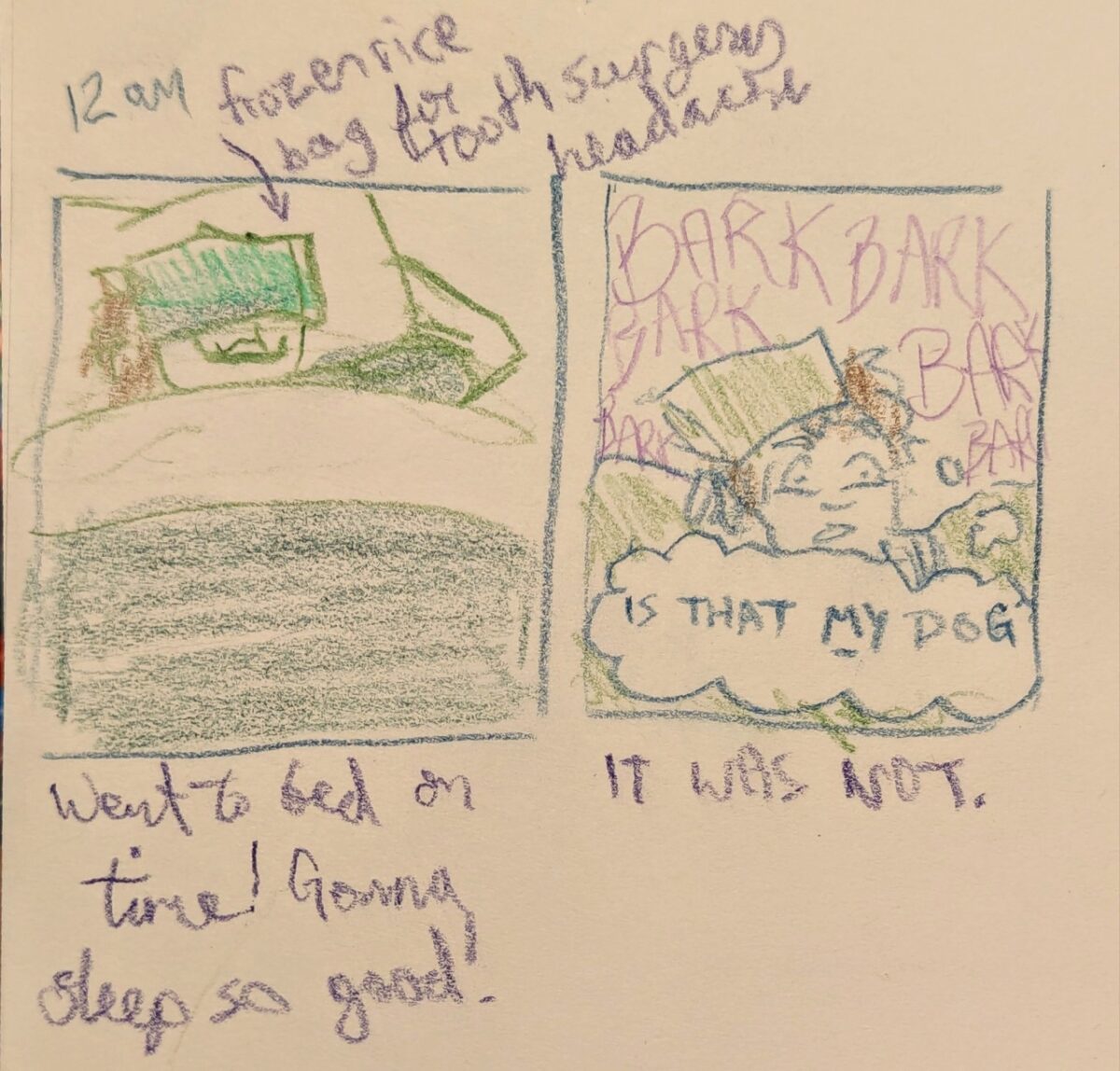
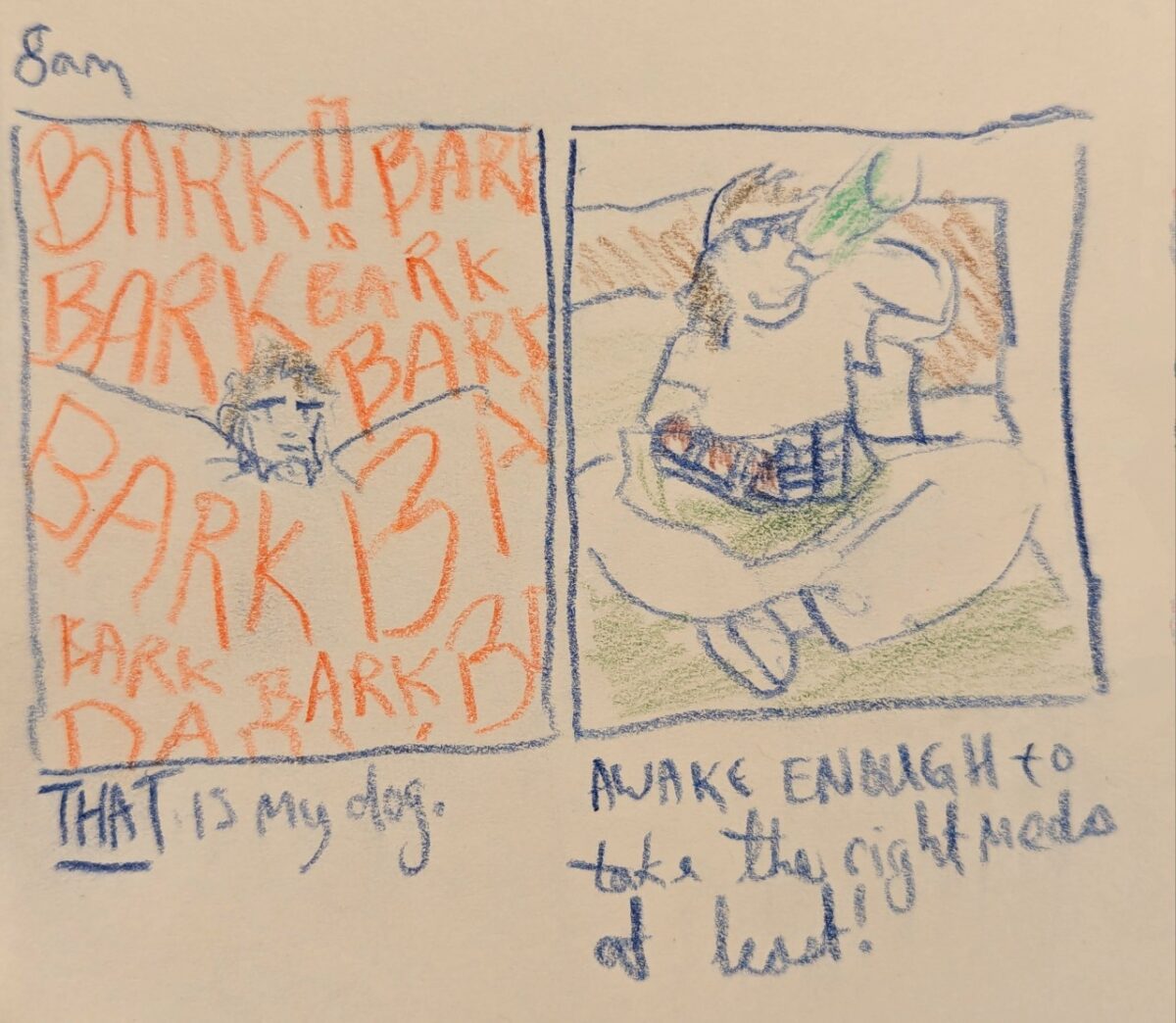
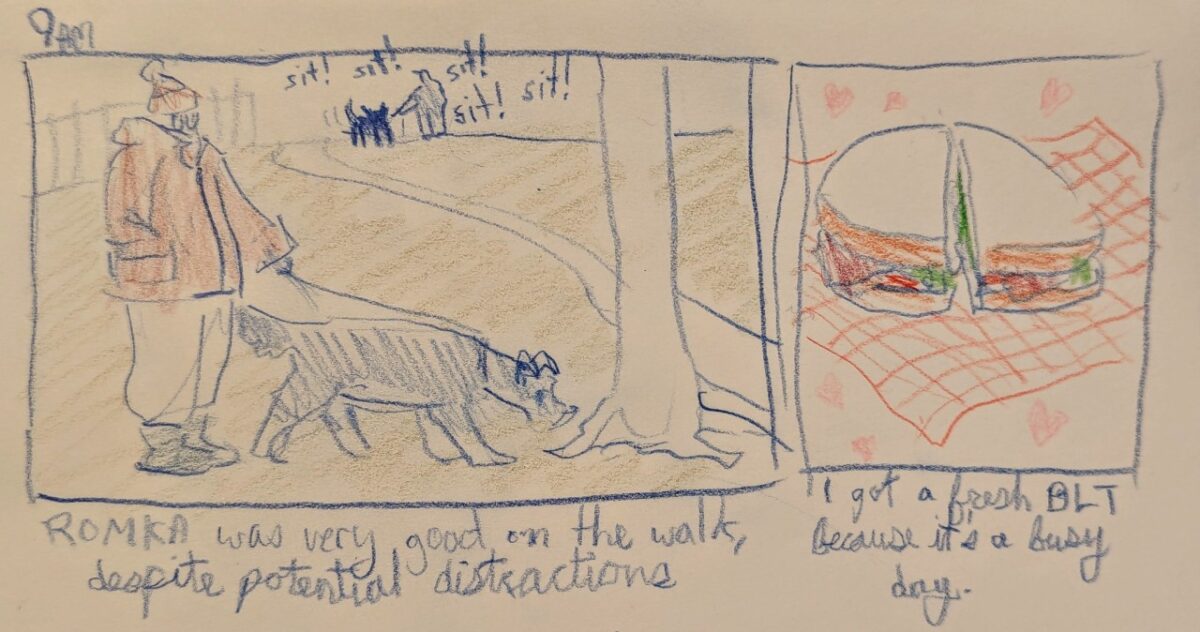
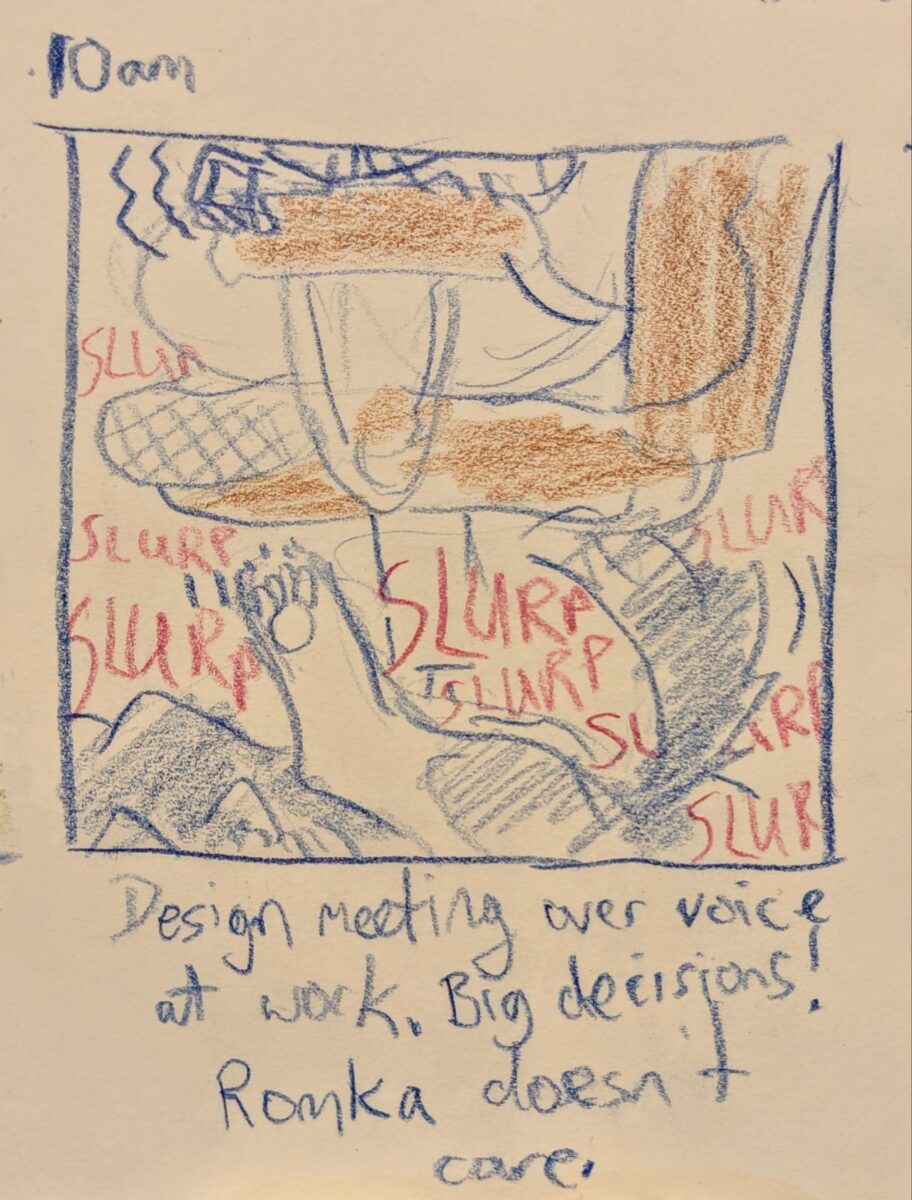
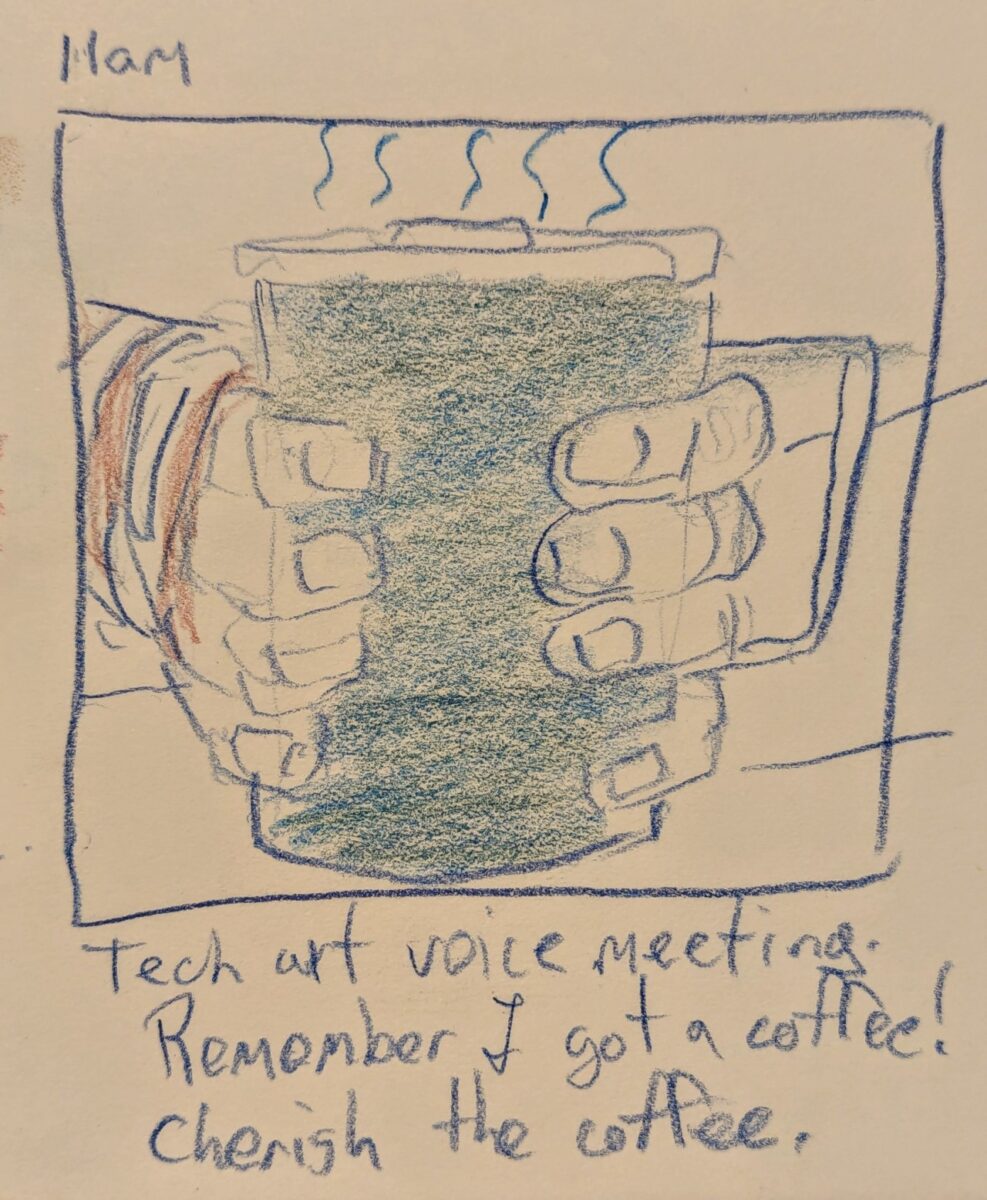

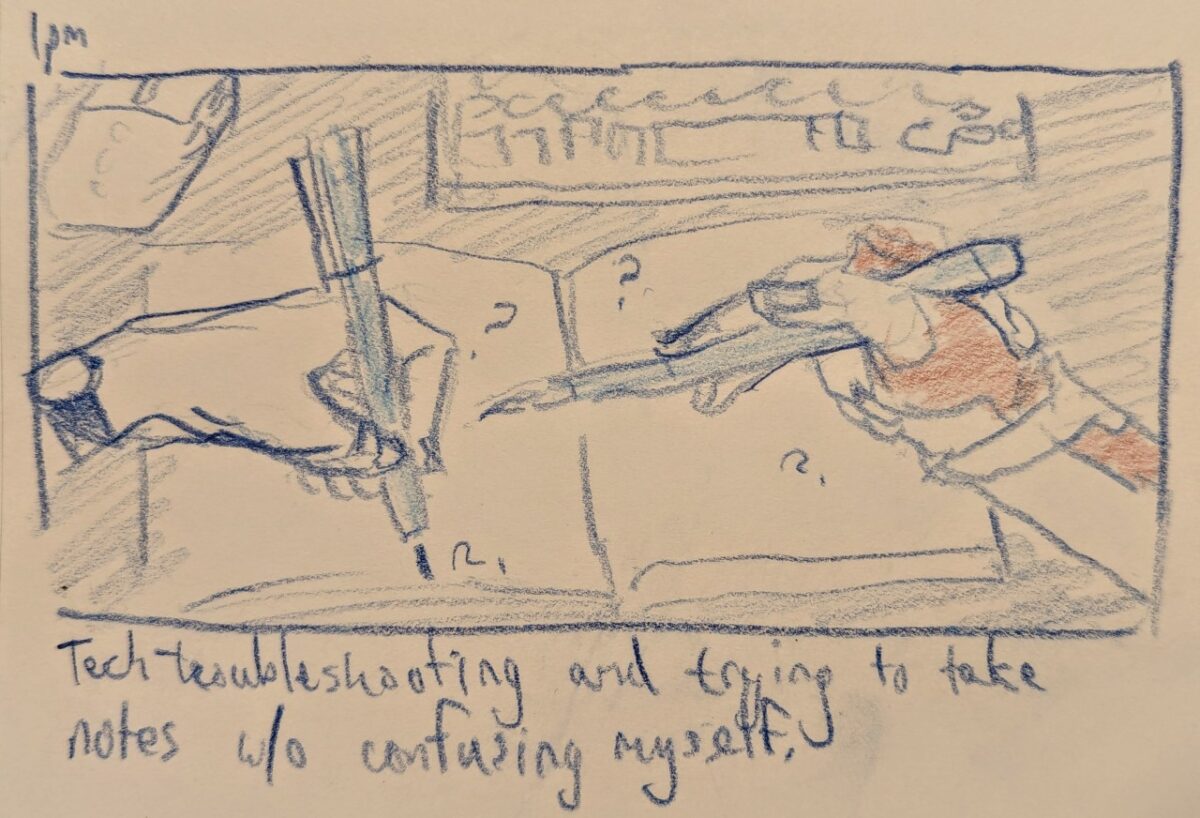
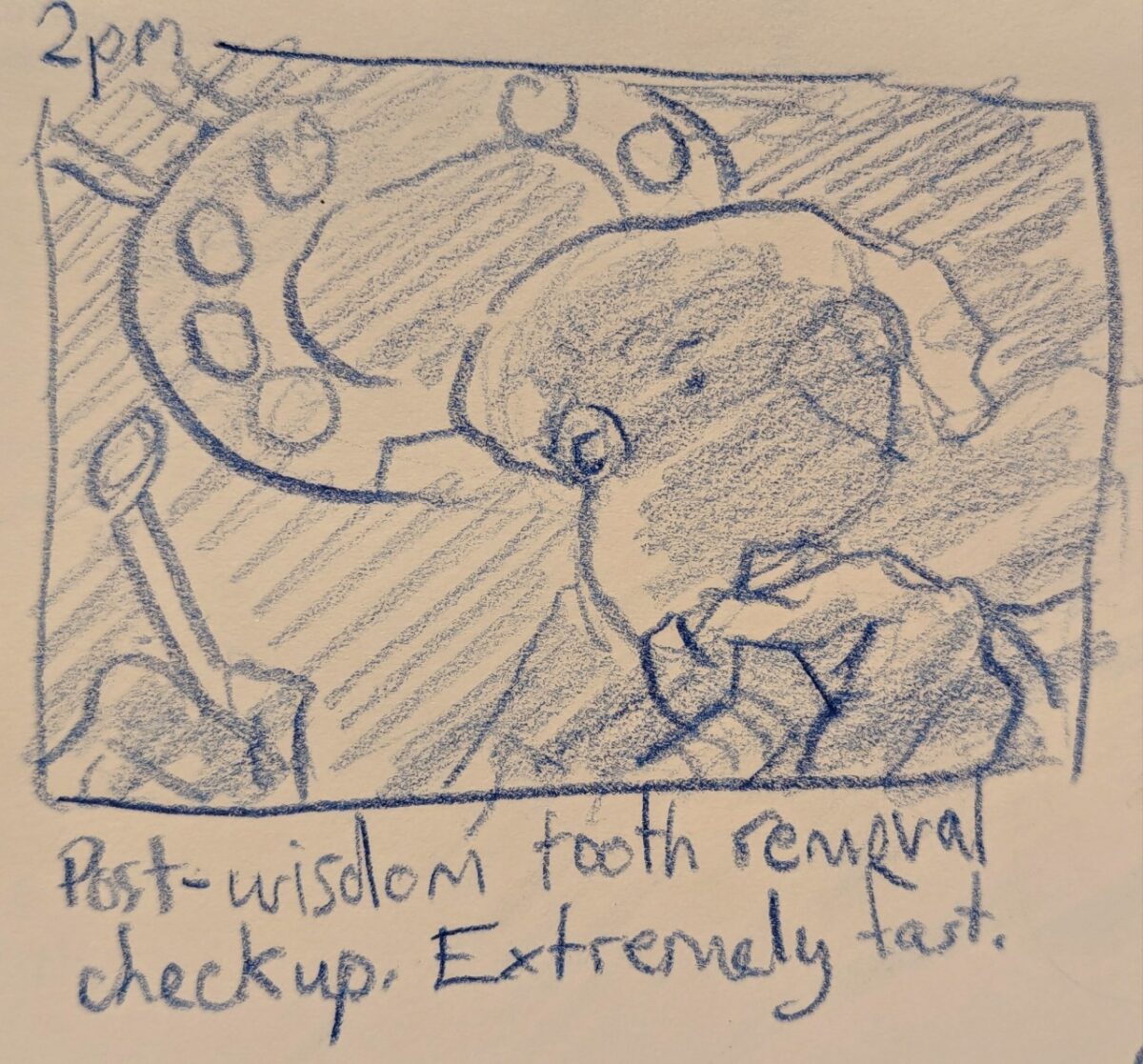
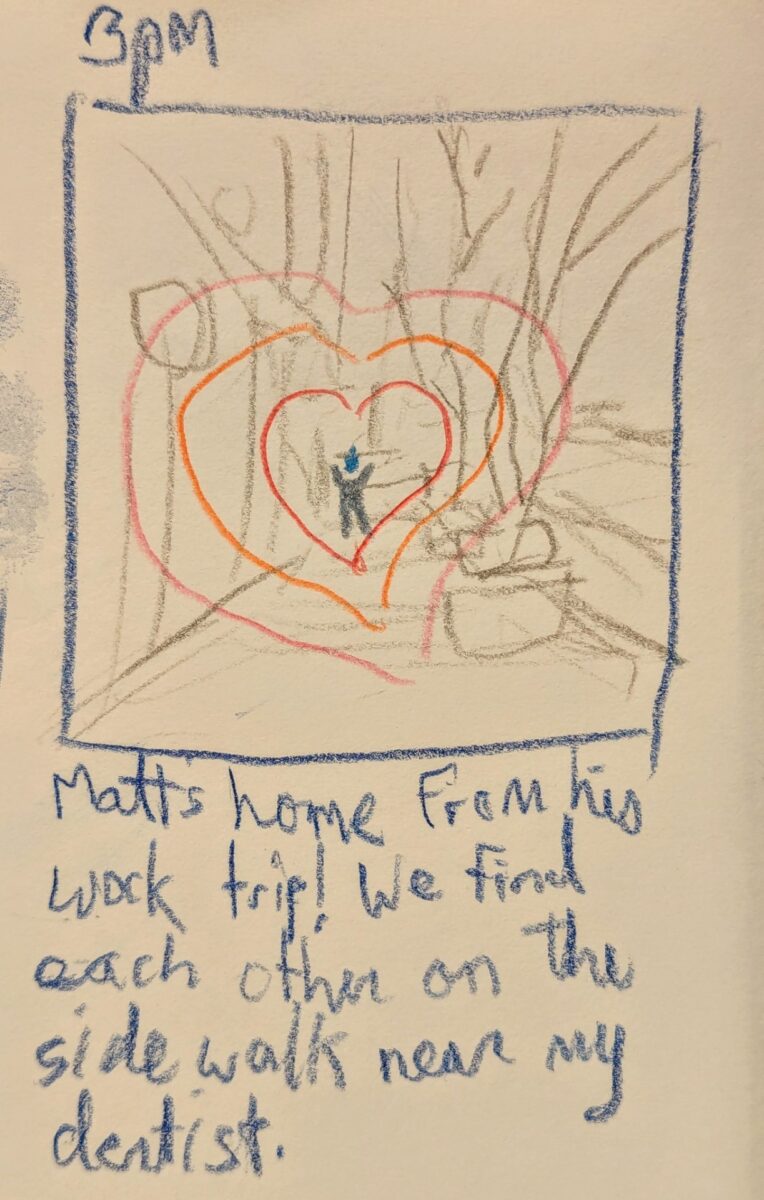
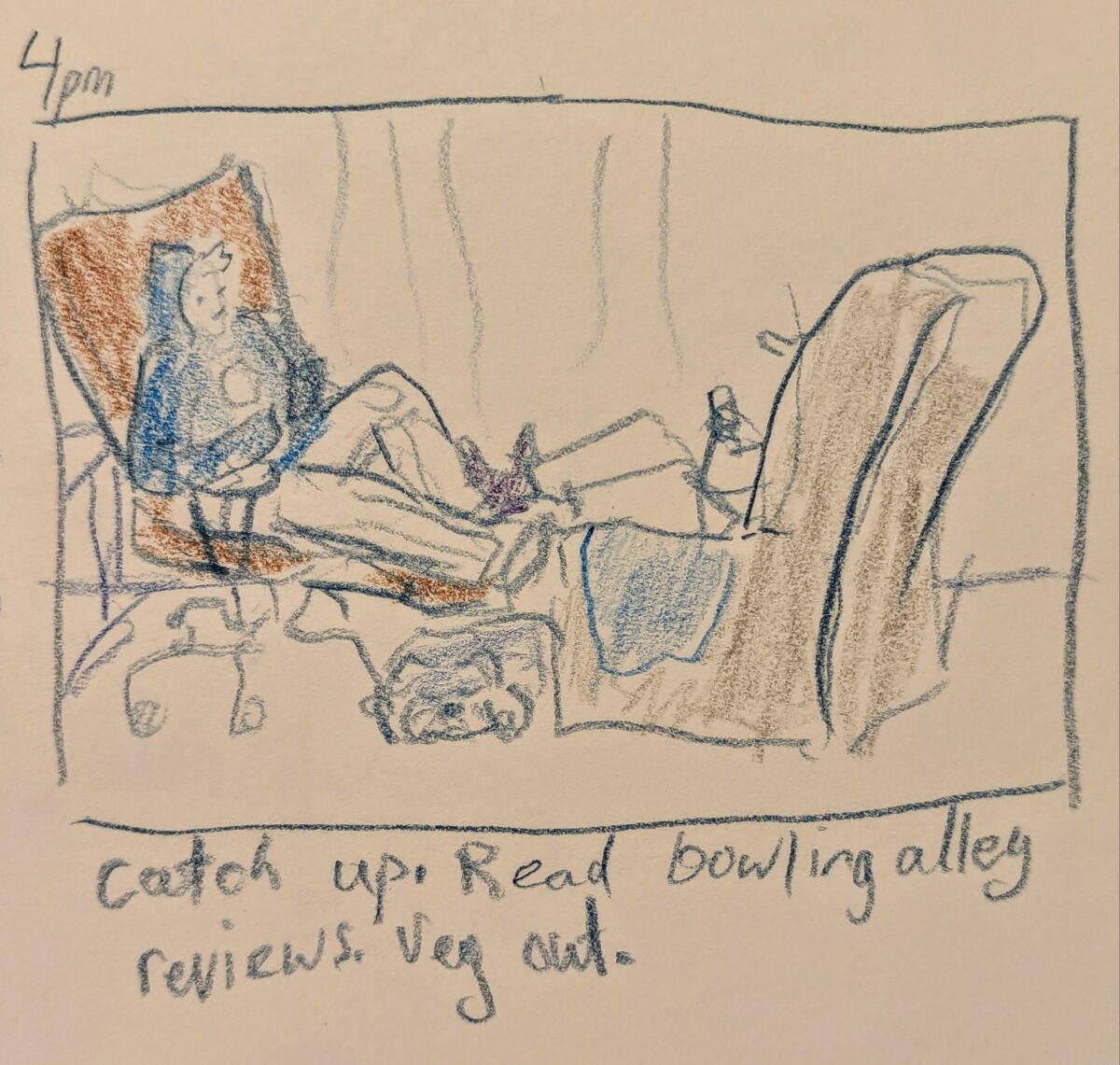
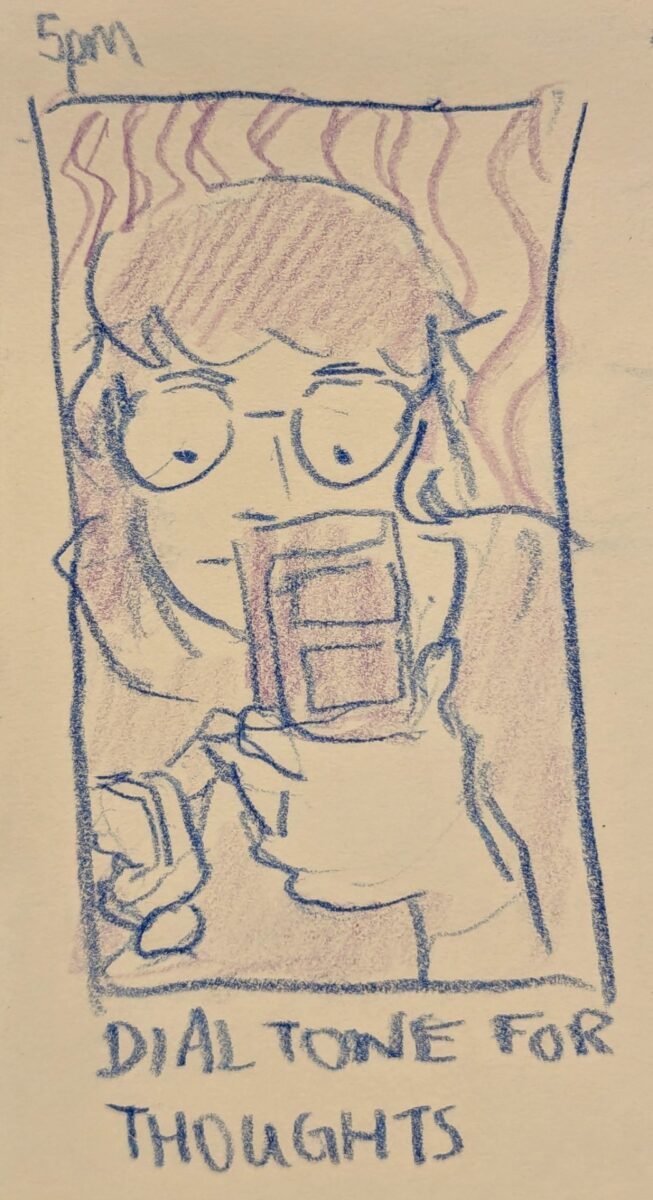
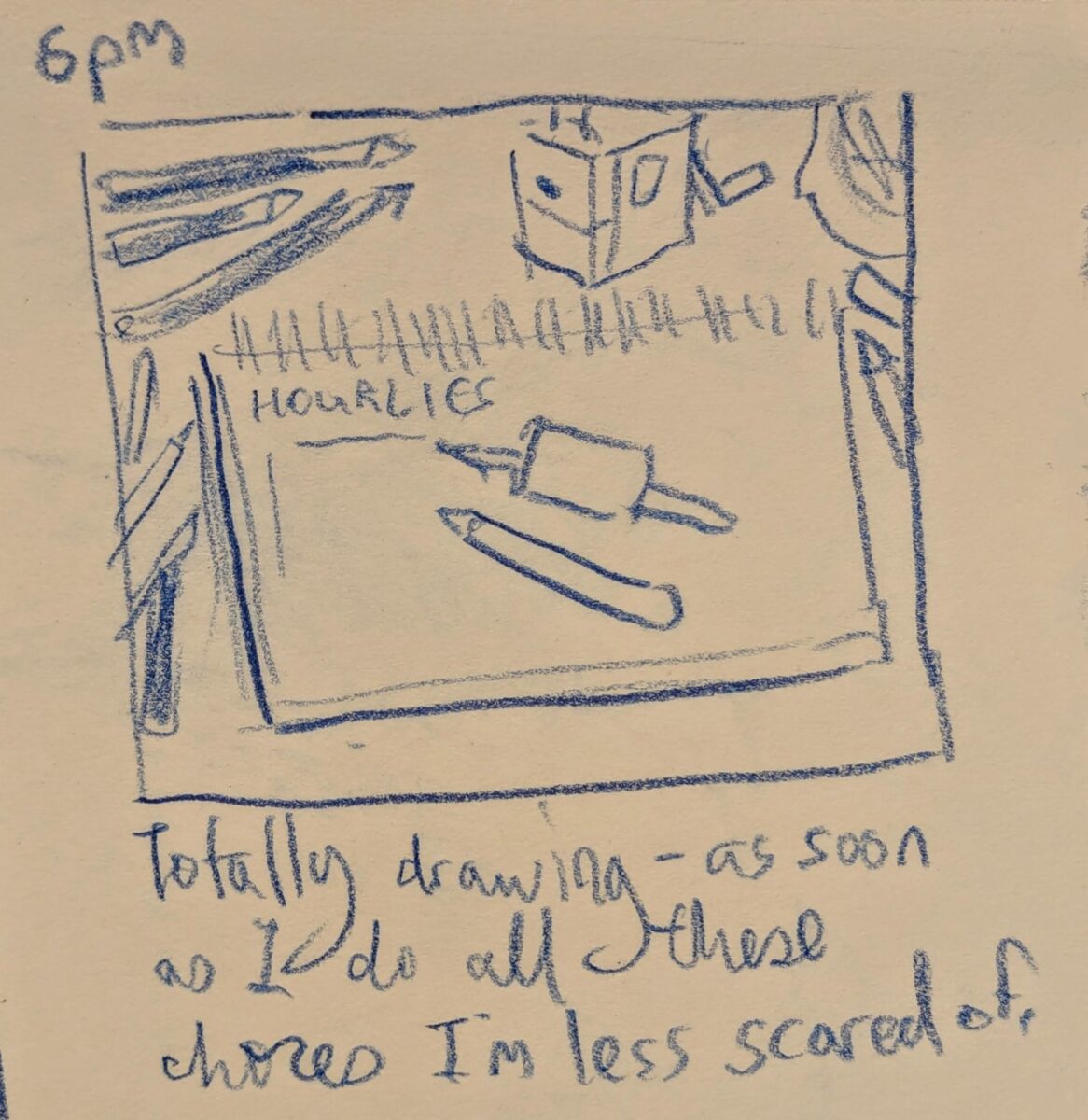
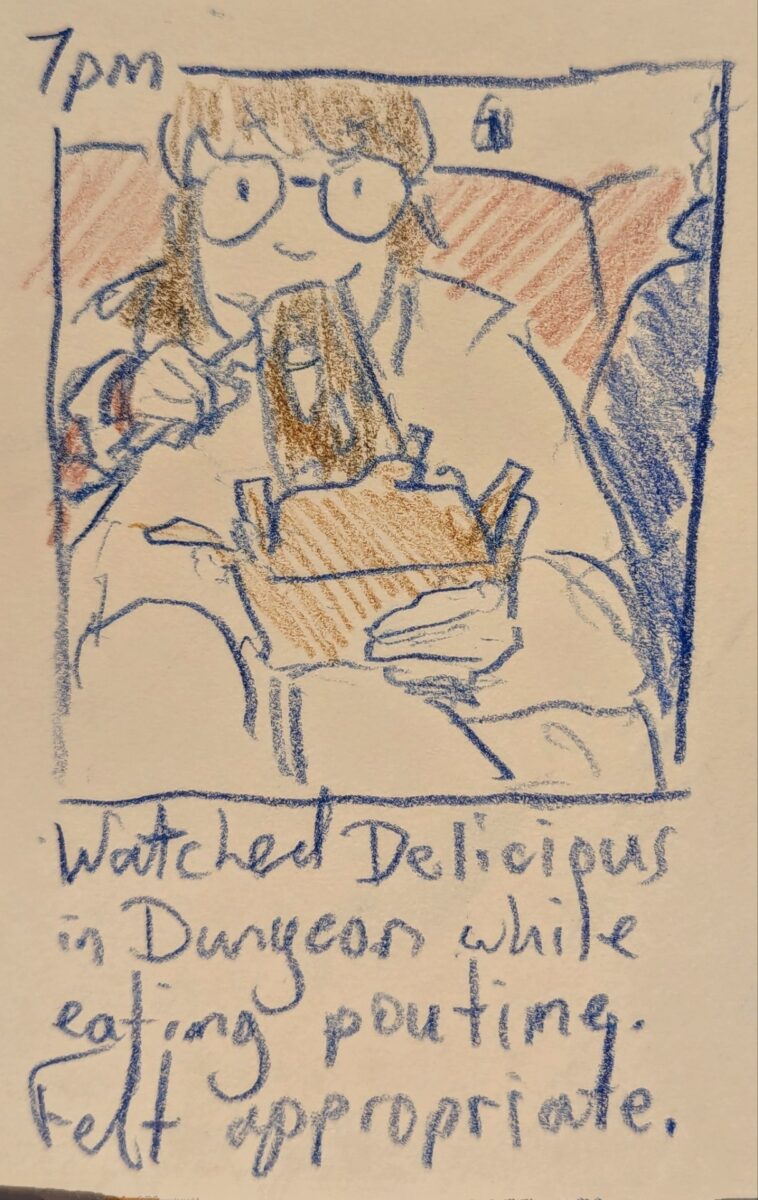
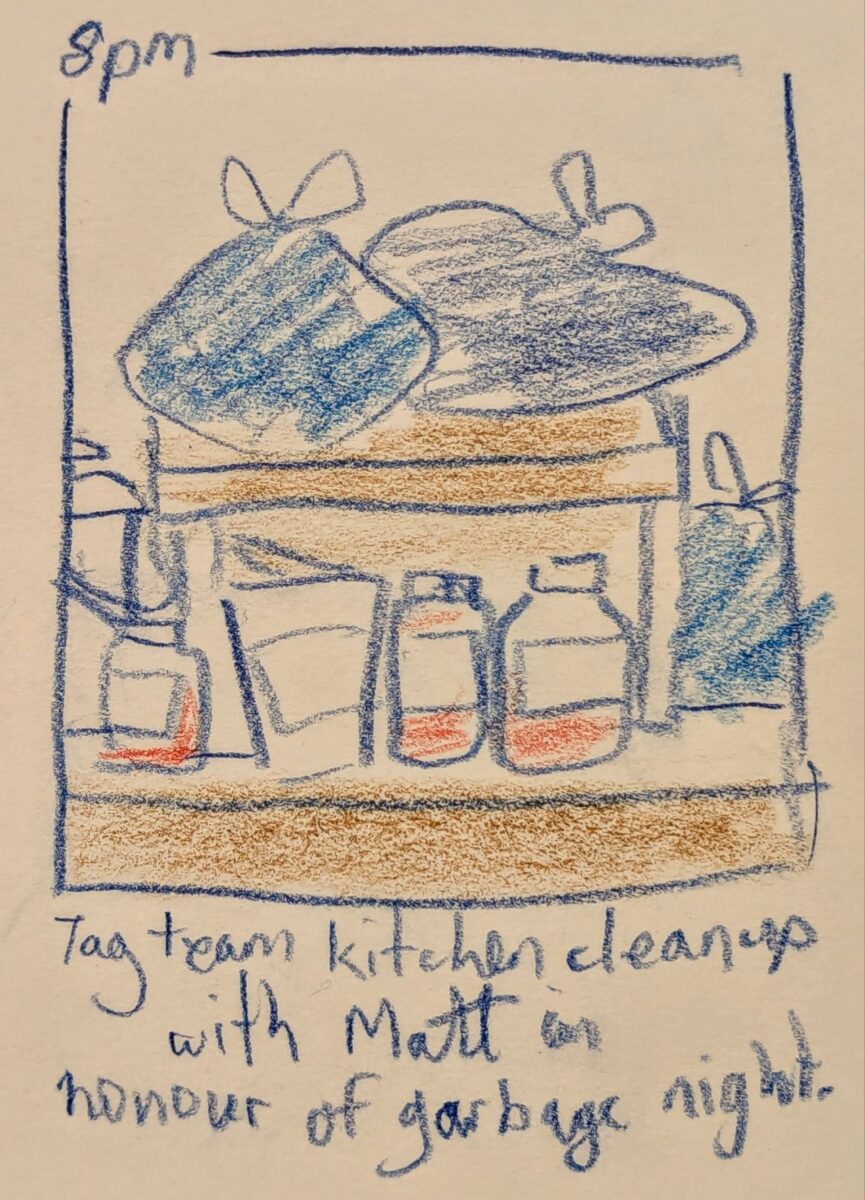
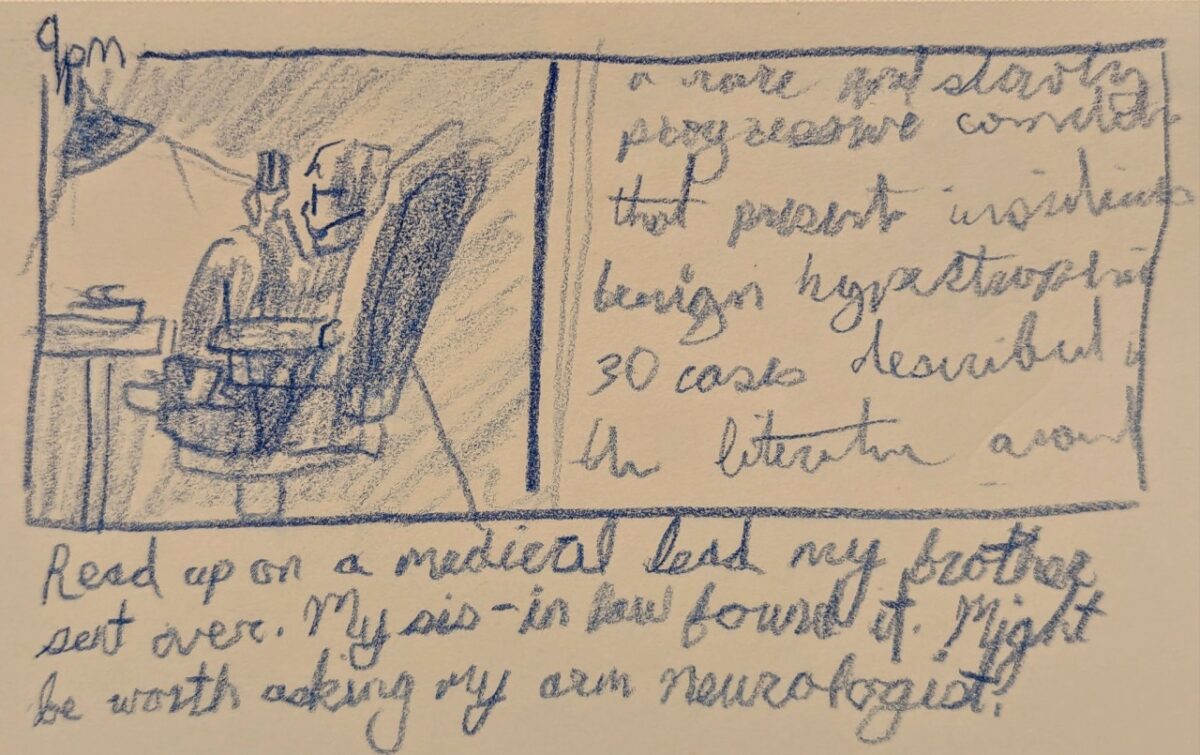
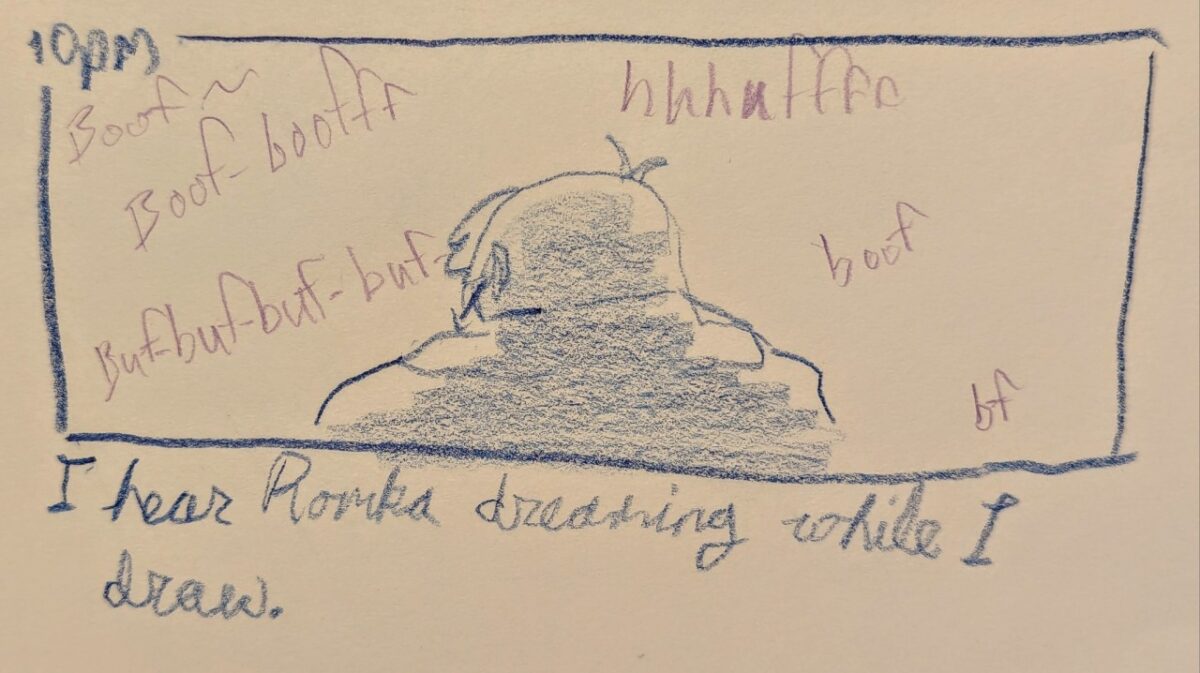
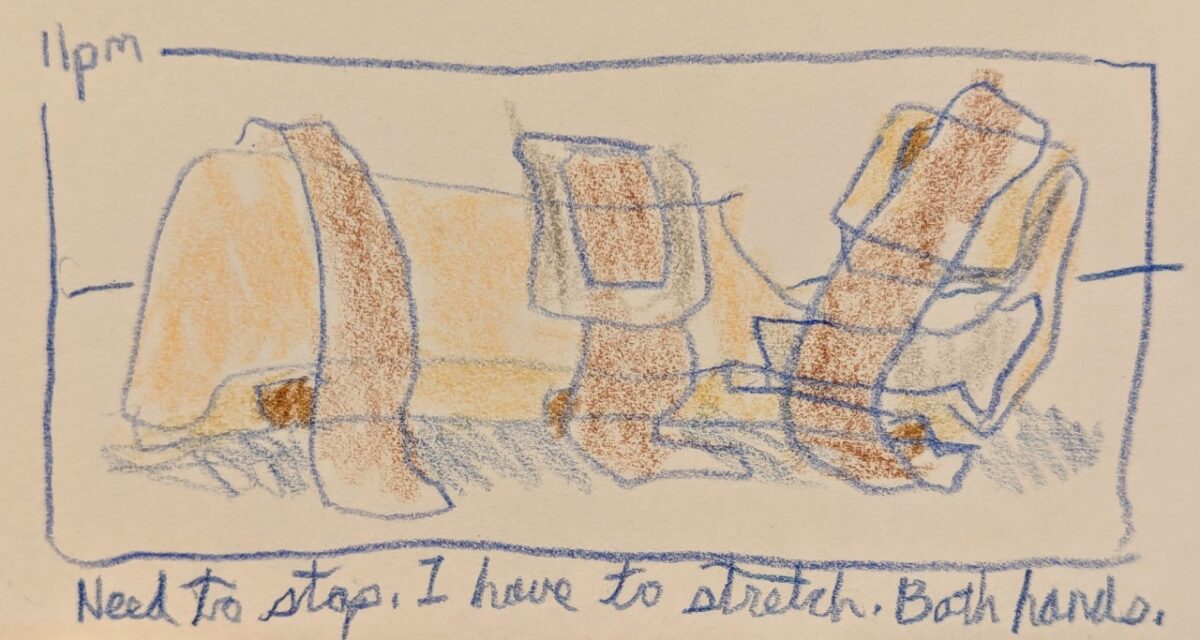
very proud of these sketchy pencil crayon autobio comics!
and an arm update for y’all as well:

-
Watercolour in my etchr coldpress sketchbook.
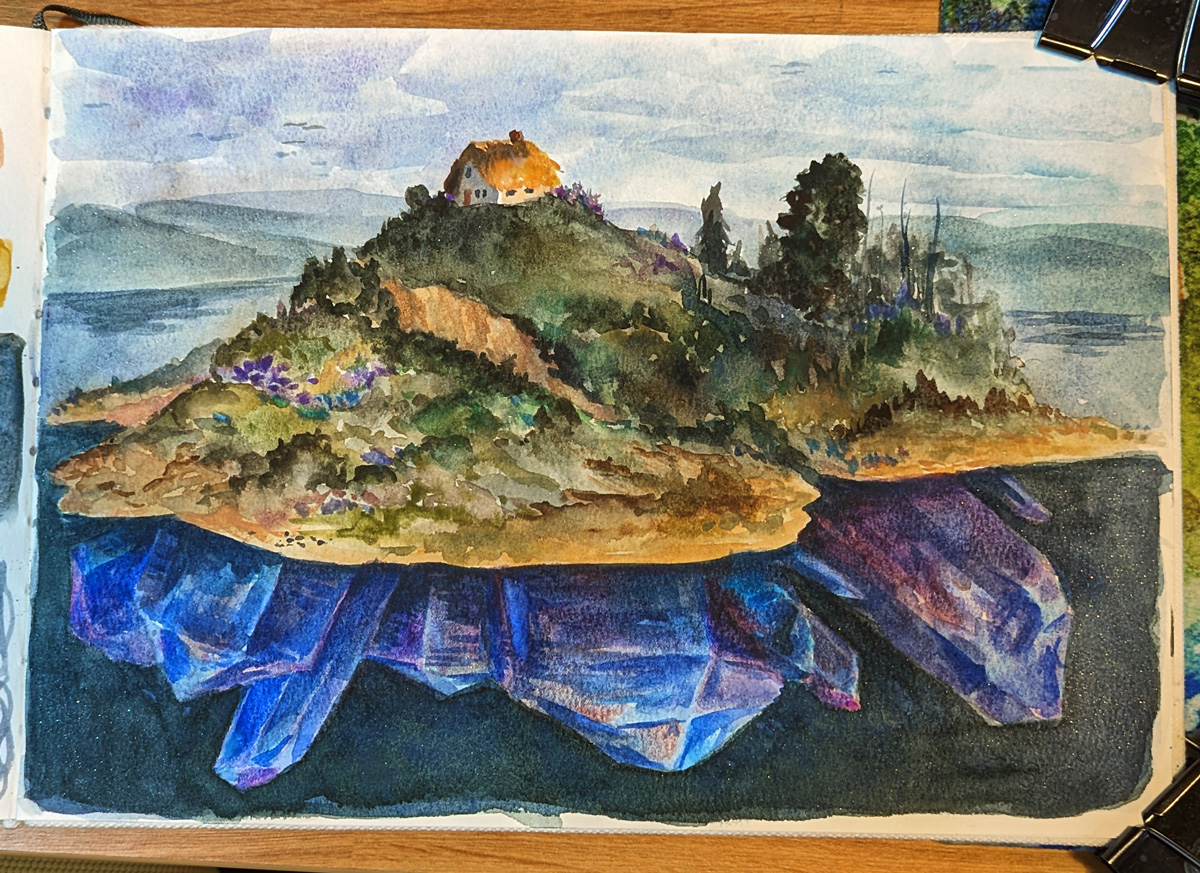
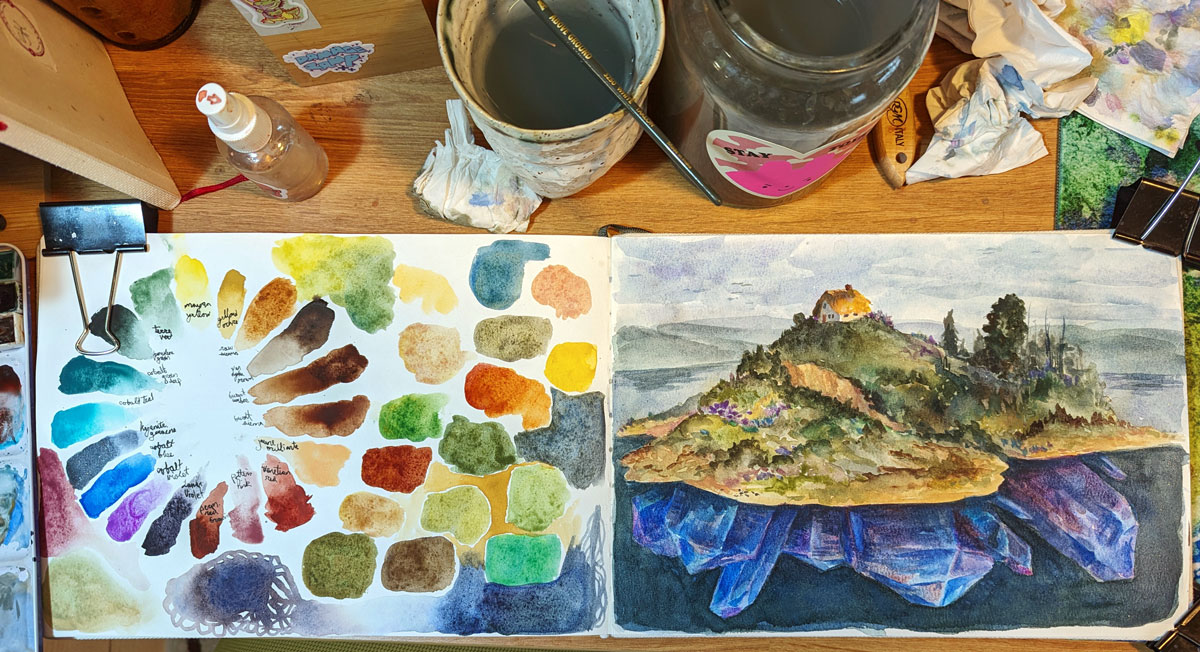

And some process shots, which I always find so enticing in their own way:
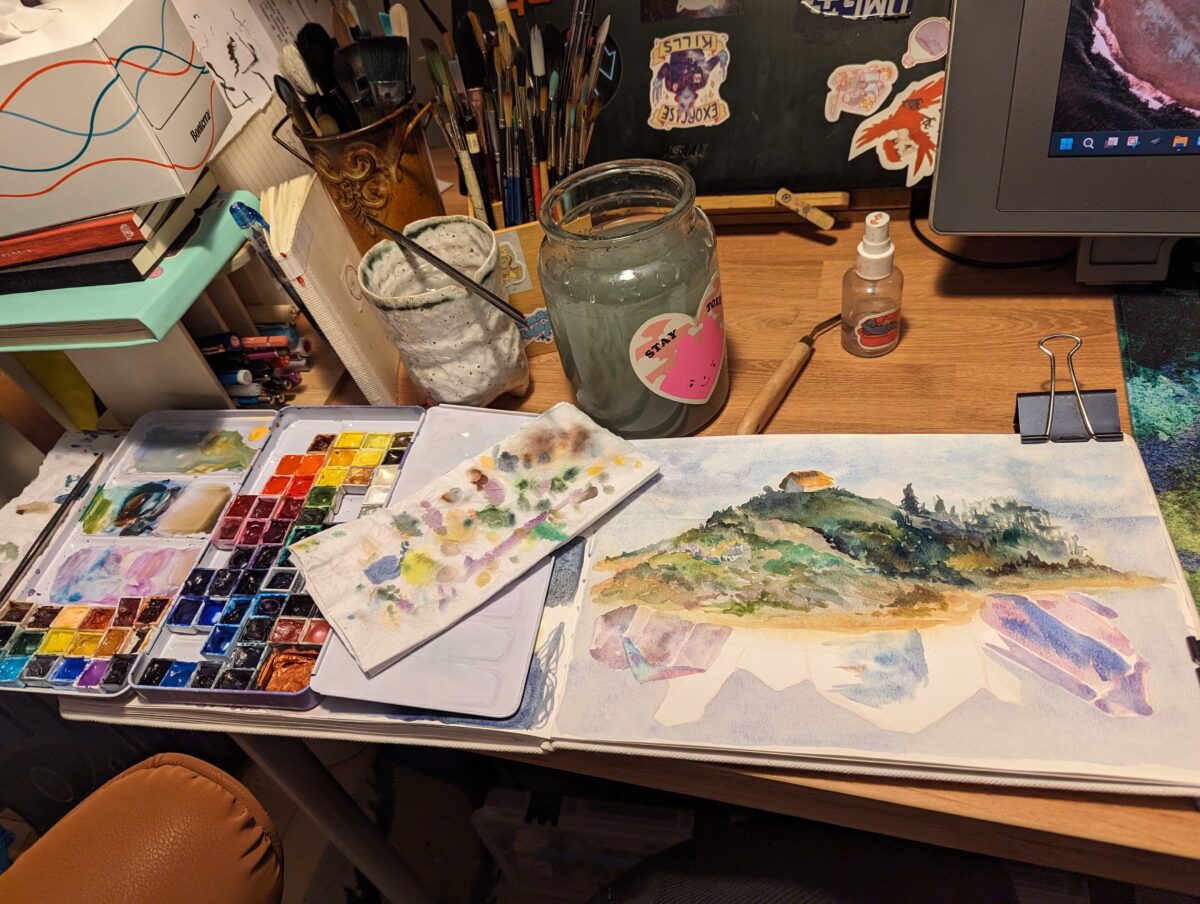
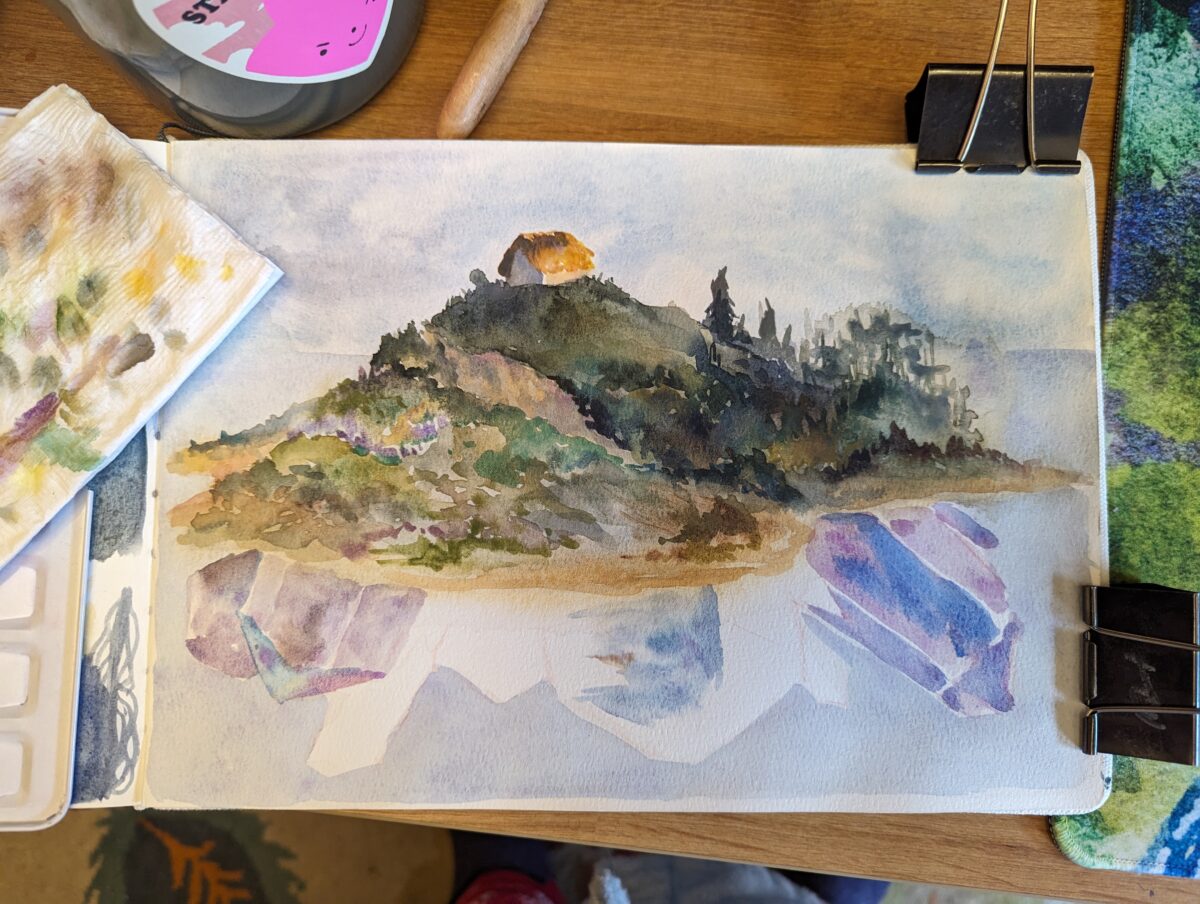
-
Oversized Equipment
With a base set of equipment solved for Astronomics – demo on steam right now! – there were two things next on the checklist: thinking about colour design, and thinking about some of the equipment that didn’t fit into the neat little categories of drilling/pumping/vaccuuming etc.
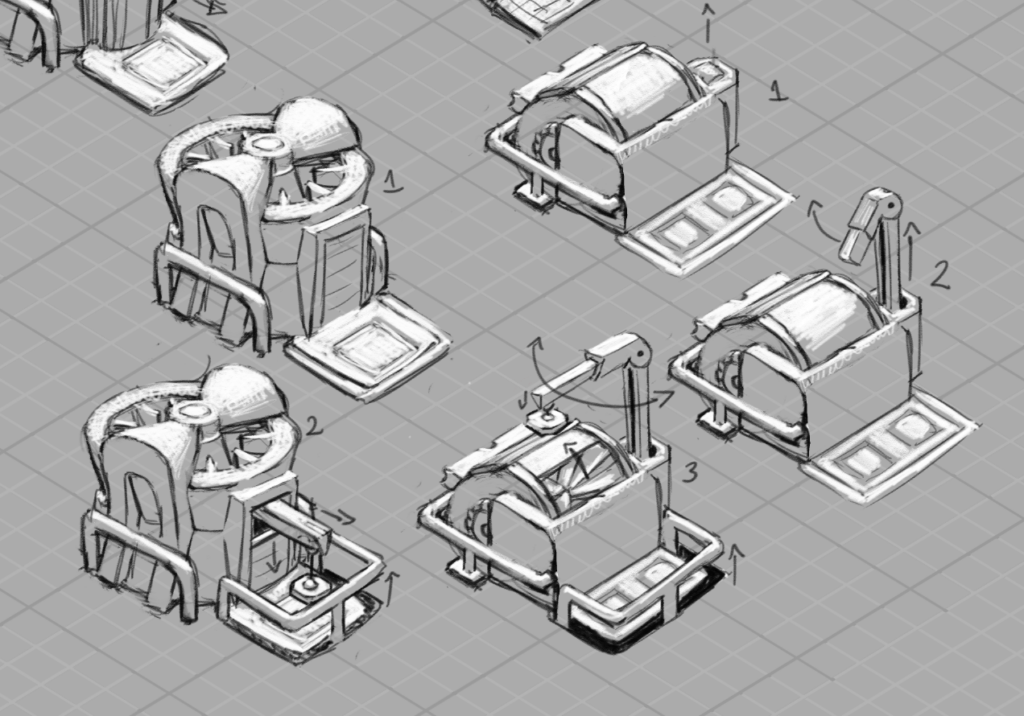
Firstup, we tackled some big ones: one of the things we wanted the player to get to work towards was processing raw materials — and that meant big processing equipment that could intake entire containers of raw material and spit out something different. These were a really fun challenge to keep in the same design language as our smaller machines while pushing the scale.

This is one place where our safety-bar themed style really helped — the ubiquitous bars were very useful as a shared unit of scale between the smaller and larger equipment – and in these early drawings they were a clear warning sign that I hadn’t fully measured out the scale relationships:
Here you can see the containers, when scaled down to a size where both could fit into that protected area on drawing 3, have safety bars about half or less as thick as the safety bars on the machine. Scale remained something we had to wrestle with and fine tune as we went, and we’ll actually come back to the containers in a little bit.
The other larger piece of equipment we needed was one that’s central to the demo — the crane! Here you can see a few of the different ideas we were exploring.

Key elements were: we wanted it to attach securely to the ground, and we wanted the player to feel like they had maximum options when it came to positioning its pickup and dropoff points. With those priorities and with our low-poly 3D outcome in mind, we ended up grabbing the legs from A and putting them on D — D felt like the most flexible in terms of how far we could spin or stretch the reach of the crane, and also the most simple in terms of modelling and animation challenges.
There were further edits and redesigns and tweaks and additional passes on a lot of this stuff — especially the containers — but I thought folks might like to see how we approached colour for the equipment! And that’s a HUGE question, so I’ll be saving that for its own post, alongside the epic journey that colour took while I was on the project.
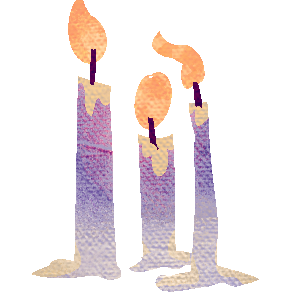
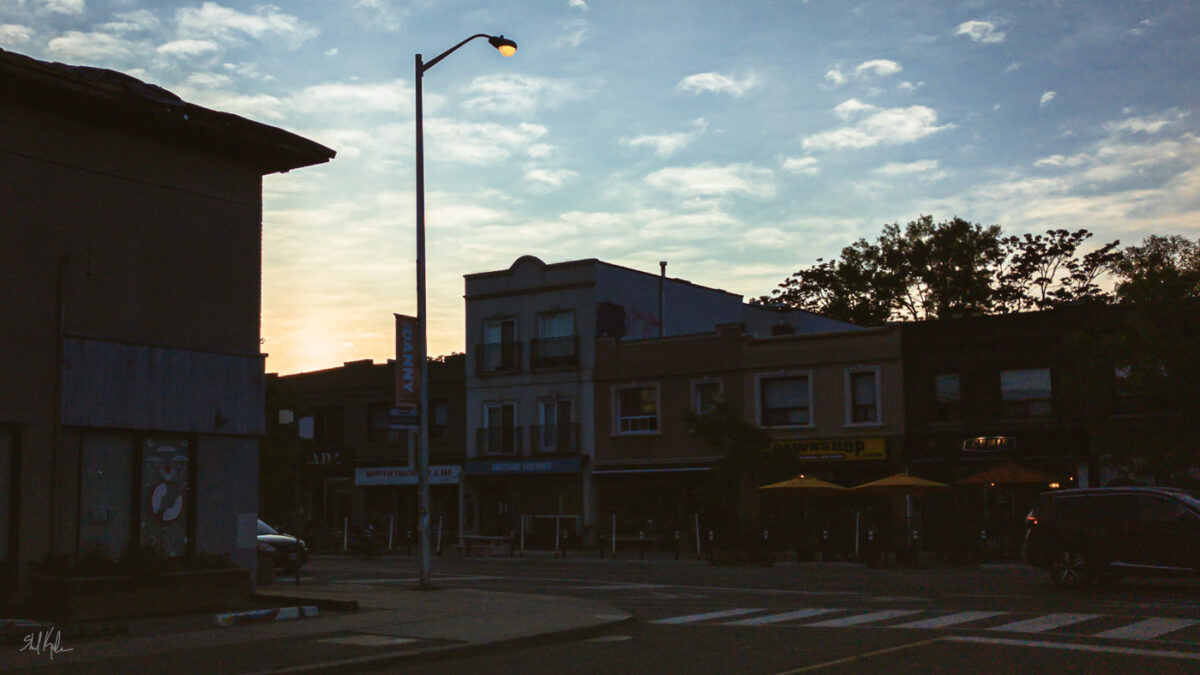
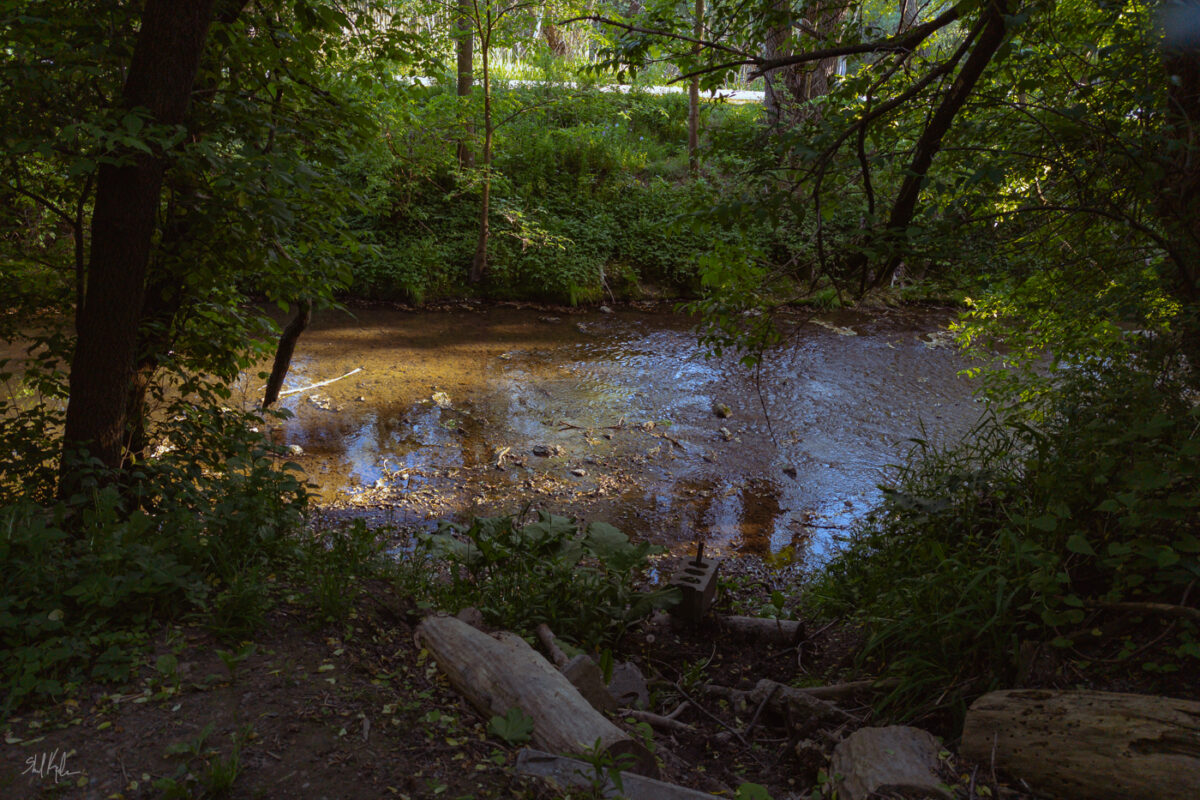
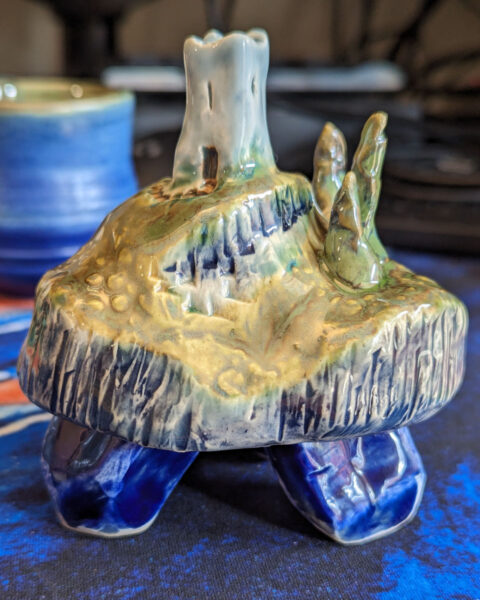
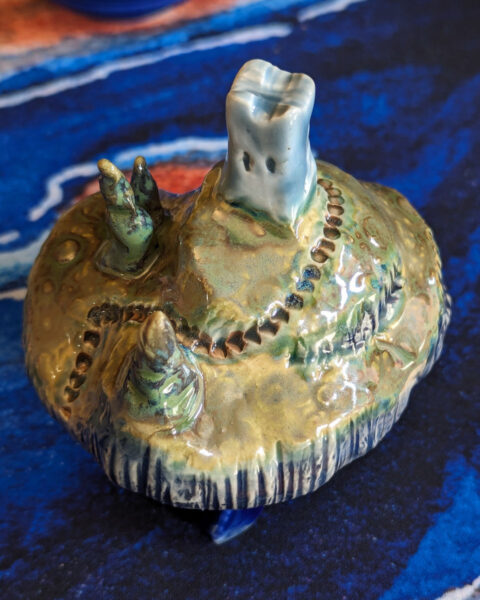
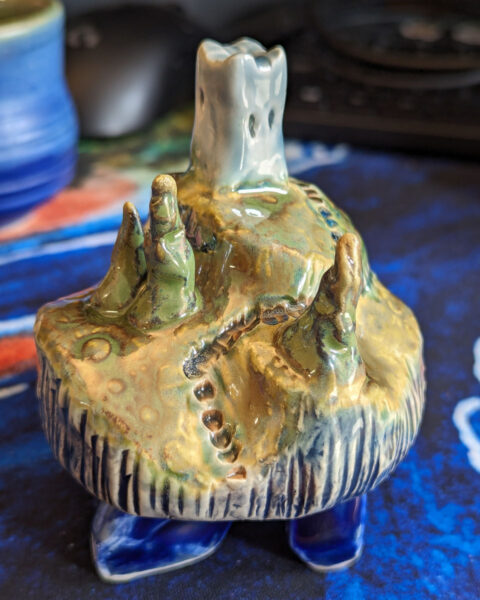

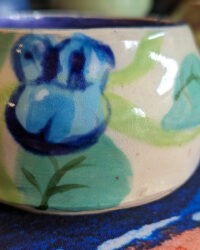
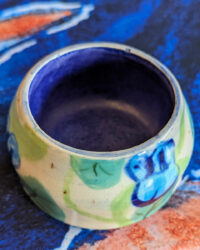
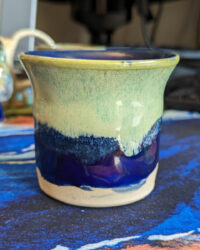
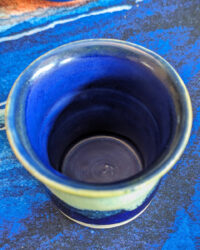
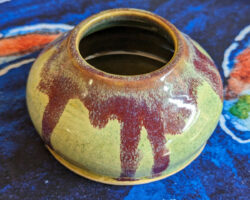
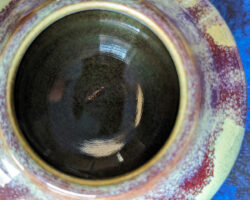
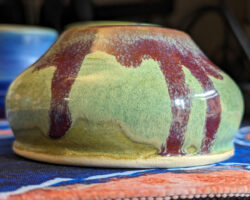
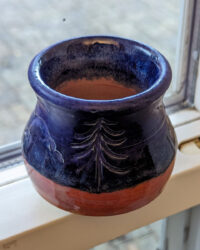
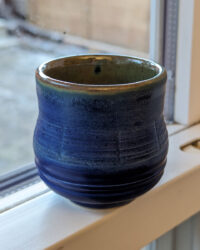
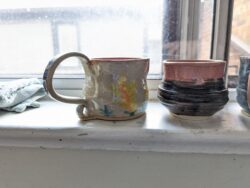

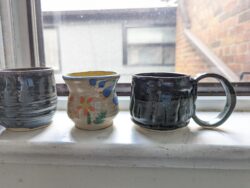
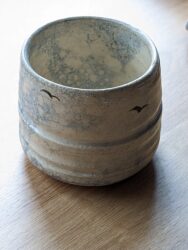
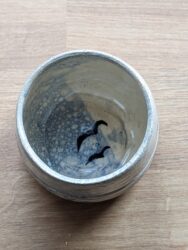
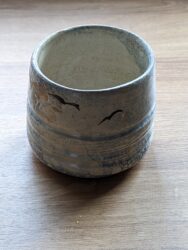
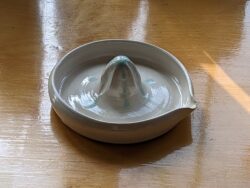
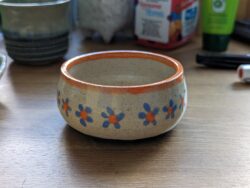

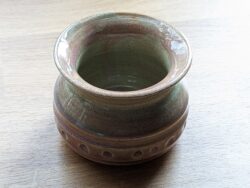
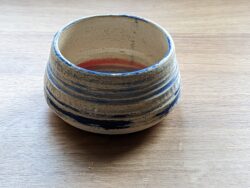


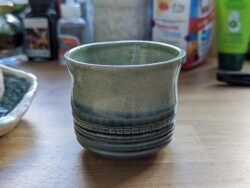
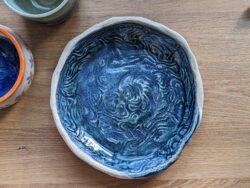




Leave a Reply